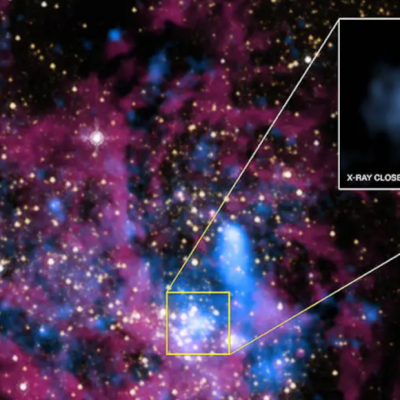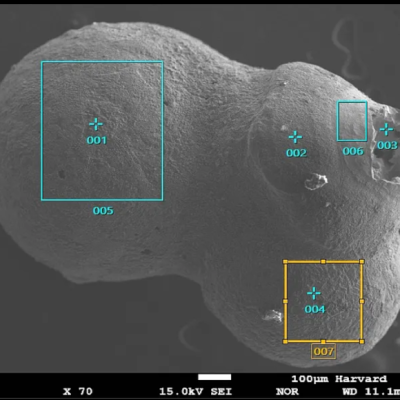A new model has been proposed that suggests a non-local interaction between dark matter and gravity. If this model is correct, it could potentially contradict Einstein’s General Theory of Relativity. The principle of locality in physics states that an object can only be influenced by its immediate surroundings, and distant objects cannot communicate instantly. However, with the development of quantum mechanics, physicists have discovered that non-local phenomena exist and are fundamental to understanding reality. Researchers at the Scuola Internazionale Superiore di Studi Avanzati (SISSA) have published a study in The Astrophysical Journal that suggests dark matter interacts with gravity in a non-local way.
To model this non-locality, the researchers used fractional calculus, a mathematical tool that was first developed in the 17th century and has recently found applications in various areas of physics. The power of this calculation has never been tested in astrophysics before. The authors suggest that the non-locality arises from a collective behavior of dark matter particles within a system, which is particularly relevant in smaller galaxies. A thorough understanding of this phenomenon could bring us closer to the true nature of dark matter.
However, there are still many questions to be answered. How exactly does non-locality arise? What are its effects on larger structures such as galaxy clusters or the phenomenon of gravitational lensing, which allows us to observe distant celestial bodies? If the physicists’ new model is correct, it means that the standard model of cosmology needs to be reconsidered, and Einstein’s General Theory of Relativity may not be accurate.










